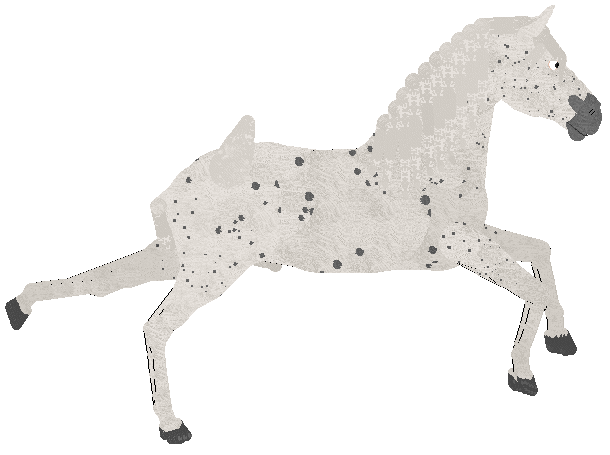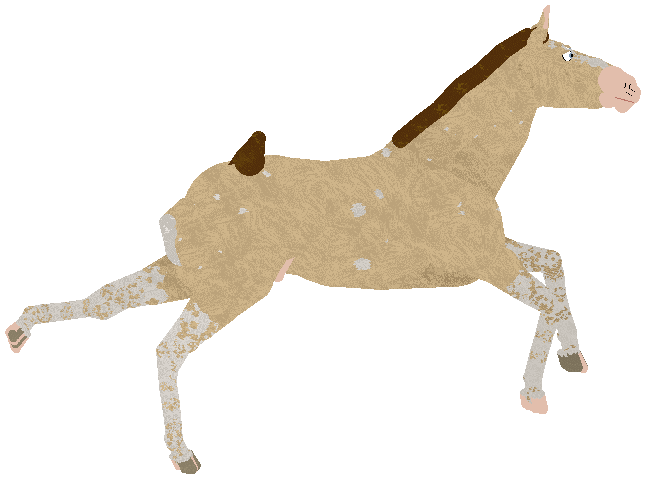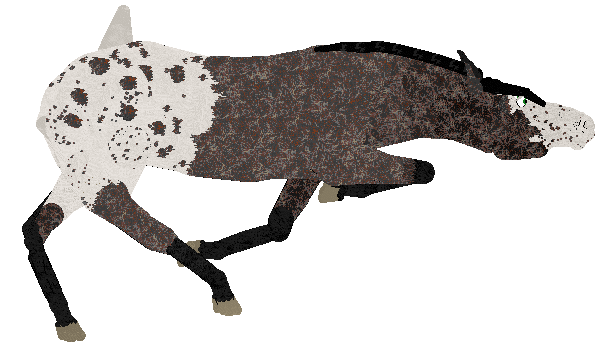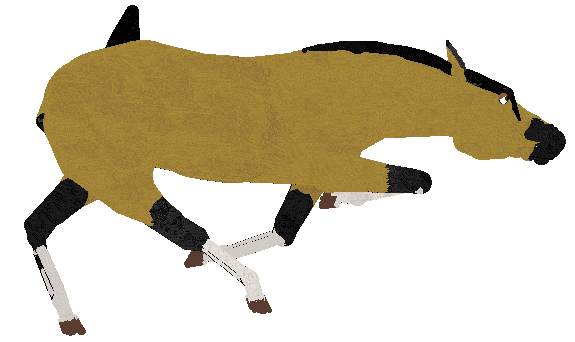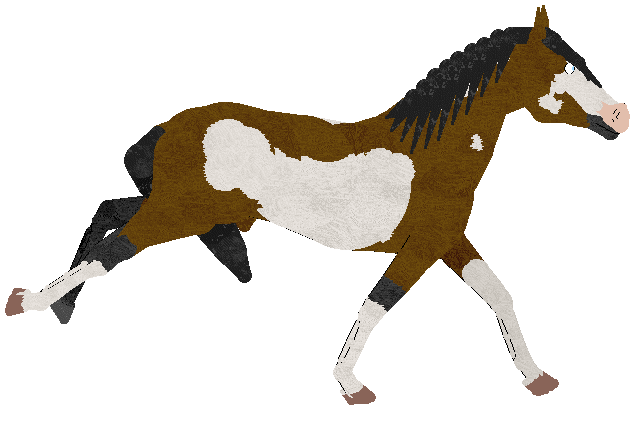Guide to Disqualifications & Faults
A common disqualification is entering an edited pose in a discipline which requires unedited poses. That's ALWAYS going to be a disqualification if the judge catches it. It could be a simple mistake like having a transparent background instead of the default white background or even just linking the wrong image, but it will, unfortunately, be disqualified either way.
Edited poses like painting on a new/different eyelid or erasing parts of hooves/legs/ears to try to make the pose perform better in shows is considered CHEATING and you don't want to do that kind of stuff. Showmanship is the only discipline which allows that kind of editing.
Eyes
In my opinion, eyes are one of the easiest things to mess up but they are also very important to ranking higher in placements. In fact, Halter shows disqualify all poses with angry  , sleepy
, sleepy  , or surprised
, or surprised  eyes, as well as any that are not looking directly ahead. It's very strict and that strictness also carries over to many other disciplines.
eyes, as well as any that are not looking directly ahead. It's very strict and that strictness also carries over to many other disciplines.
NOTE: Even if a discipline does not specifically mention that a certain type of expression is faulted or disqualified, if the guidelines don't specifically ALLOW a certain type of expression (such as Reining allows surprised and worried eyes), poses using those expressions may still be faulted because judges are allowed to use their own discretion when judging the poses (except for Halter because the Guidelines already covered all the bases).
So, for instance, In-Hand doesn't specifically say that angry, worried, sleepy, etc. eyes aren't allowed, BUT each individual judge can place faults on the poses as they see fit. Most judges WILL hand out faults for not conforming to the typical standard of a calm, pleasant expression looking straight ahead.
Angry Eyes
Angry eyes  are typically easy to spot but they also lead to disqualifications or heavy faults almost across the board. Nobody wants to place a horse that's throwing a tantrum!
are typically easy to spot but they also lead to disqualifications or heavy faults almost across the board. Nobody wants to place a horse that's throwing a tantrum!
Angry eyes are almost the opposite of worried eyes, they're going to be heavily slanted and forward on the eye.
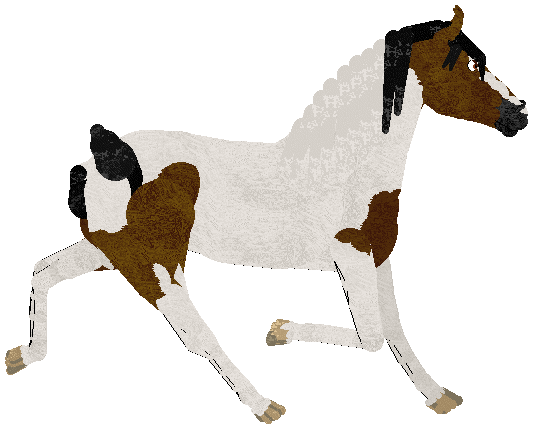
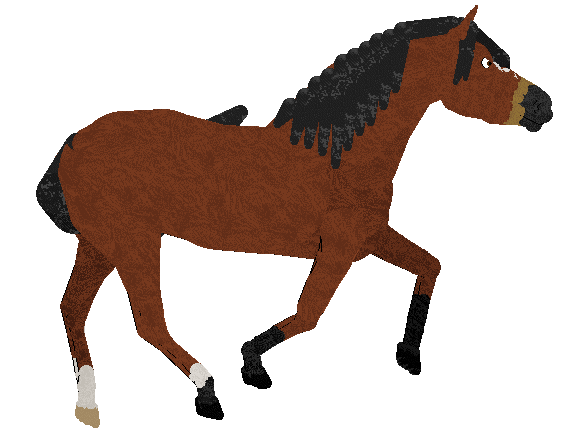
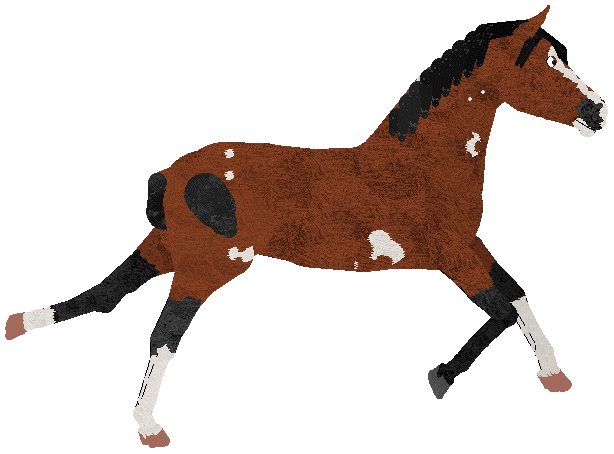
Specifically disqualified in: Halter & Barrel Racing
Specifically faulted in: Dressage, Show Jumping, & Eventing
Sleepy Eyes
Sleepy eyes  are also pretty easy to spot. There is an excess of eyelid. A general rule is that the eyelid may touch the iris but must not cover any part of the iris. Manda V1 horses and some mods with larger irises do not conform to that rule.
are also pretty easy to spot. There is an excess of eyelid. A general rule is that the eyelid may touch the iris but must not cover any part of the iris. Manda V1 horses and some mods with larger irises do not conform to that rule.
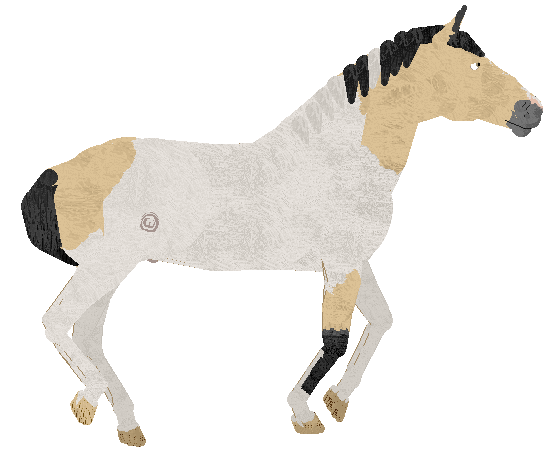
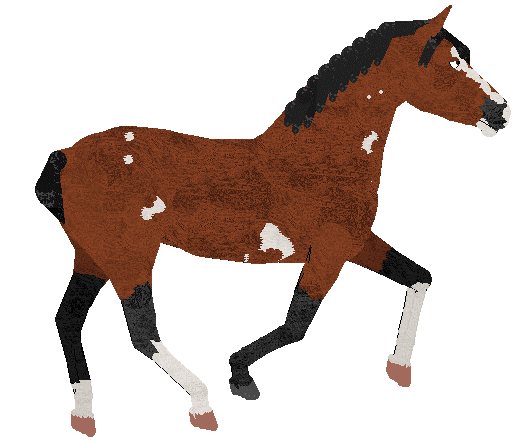
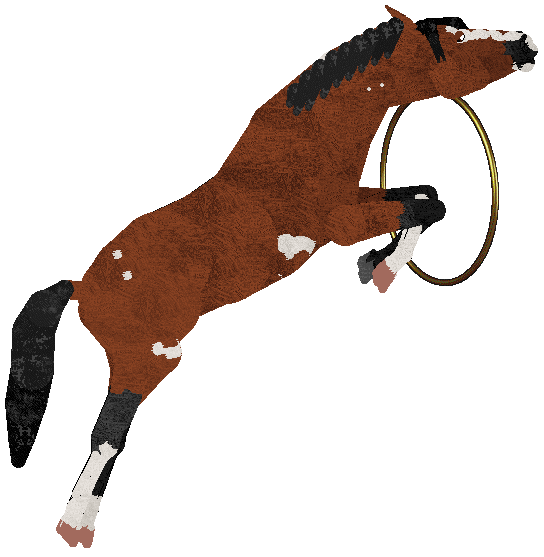
Specifically disqualified in: Halter & Endurance
Specifically faulted in: Dressage, Show Jumping, & Eventing
NOTE: I don't know about other judges, but I fault sleepy eyes in all disciplines unless it's Western Pleasure because a nice calm, relaxed horse is desired in Western Pleasure and if the horse isn't excessively sleepy (to where it clearly can't even see where it's going) then I think it's okay. In fact, the example pose from the Official Guidelines sports sleepy eyes, so they seem to be generally acceptable without explicitly stating it.
Surprised Eyes
Surprised eyes  can be harder to see sometimes. Surprised eyes either show NO eyelid or only a few pixels of eyelid.
can be harder to see sometimes. Surprised eyes either show NO eyelid or only a few pixels of eyelid.
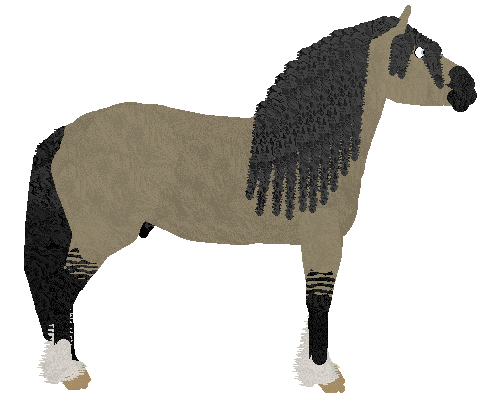
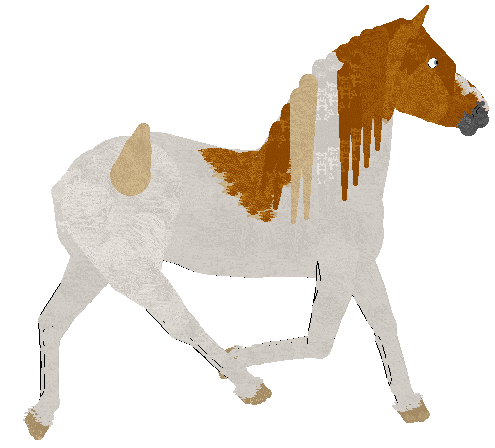
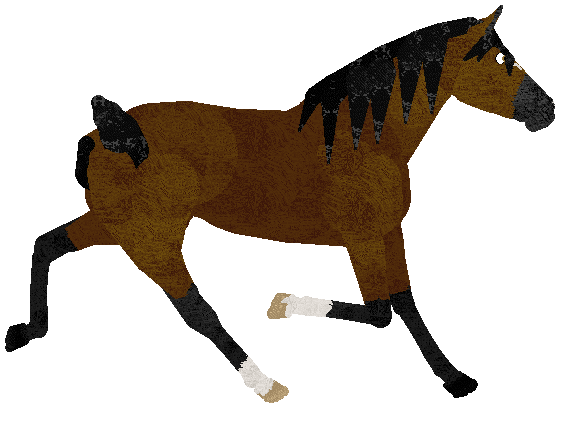
Specifically disqualified in: Halter & Endurance
Specifically faulted in: Dressage, Show Jumping, & Eventing
Specifically ALLOWED in: Barrel Racing & Reining
Worried Eyes
Worried eyes  are the toughest of the expressions to catch. Worried eyes are sometimes referred to as sad eyes, they're the same thing! The eyelid is going to be really slanted and towards the back of the eye.
are the toughest of the expressions to catch. Worried eyes are sometimes referred to as sad eyes, they're the same thing! The eyelid is going to be really slanted and towards the back of the eye.
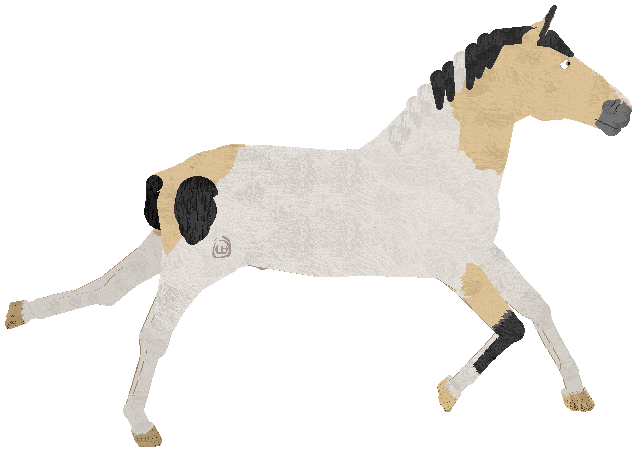
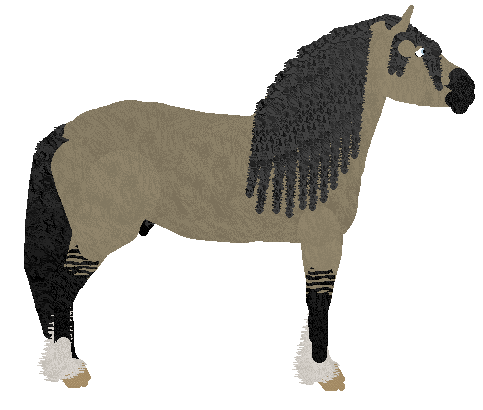
Comparing the two poses below might help.
In the first, this horse is looking slightly upward (another thing to watch, more on that later) but also has worried eyes.
In the second, you'll see she's looking straight ahead and her lid is still slanted (something that can be mistakenly faulted by inexperienced judges) but does not look worried. She has more eyelid towards the front of the eye and it is overall more even. The second pose should not be faulted at all.
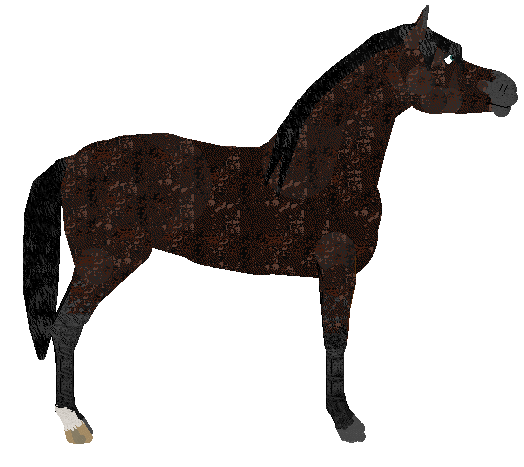
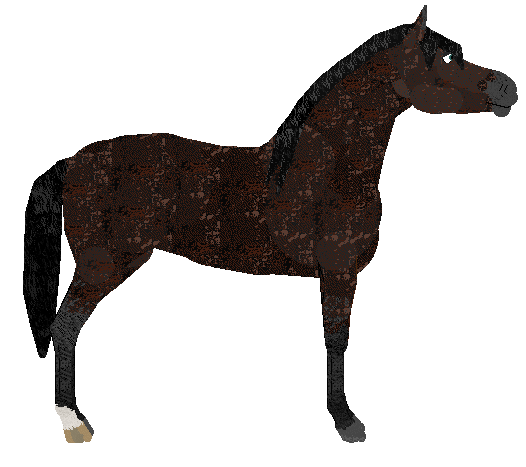
And here's a zoomed in close picture showing worried eyes (top) and a regular slanted yet calm expression (bottom). Notice how the worried eyes are more slanted and the middle of the eyelid curves a little, as if trying to stretch towards the bottom of the iris? It's a very slight S shape if you trace the line.
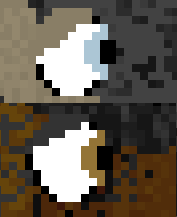
Worried eyes can be much harder to spot so it's important to zoom in and see whether the lid's slant is even or more severe. The curvy stretch and slight S shape will also give it away.
Specifically disqualified in: Barrel Racing
Specifically faulted in: Halter, Dressage, Show Jumping, & Eventing
Specifically ALLOWED in: Reining
Looking in the Wrong Spot
If a horse isn't looking directly ahead, chances are it's going to recieve a fault or disqualification. While only a few official guides specifically mention where the horse must be looking, the Halter criteria is the sort-of 'standard' for judging all poses, whether they're halts or gaits, and Halter requires that a horse must look directly ahead. Looking up or down or anywhere else is a disqualification.
In all other disciplines, judges are a little more lenient and they may fault horses looking upward or downward, or not, at their own discretion. I typically do fault them in my shows because it's really not hard to get a pose looking straight ahead.
Looking Upward
Looking upward is pretty easy to spot, the the pupil and iris will not be centered on the front of the eye and will be slightly higher. If you zoom in, you'll easily see the horse is not looking straight.
I don't have any good examples at the moment, so here's that worried, upward-looking pose from earlier. It's really almost hard to get the horse to look that far up while posing them.

Looking Downward
Looking downward is just as easy to spot as looking upward. I fault it in my shows, although it's a lot easier to get a pose with the horse looking too far down than too far up, so I'm slightly more lenient when it comes to the downward part.
If you zoom in, you'll see the pupil and iris are not centered. It can be harder to tell at a regular view, so I recommend you ALWAYS zoom in on your poses to double-check the details like eyes, ears, and expression.
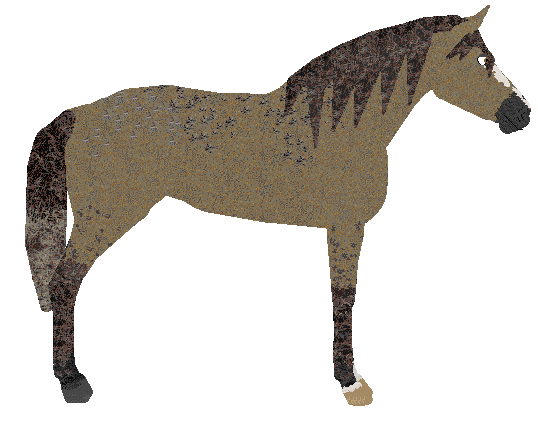
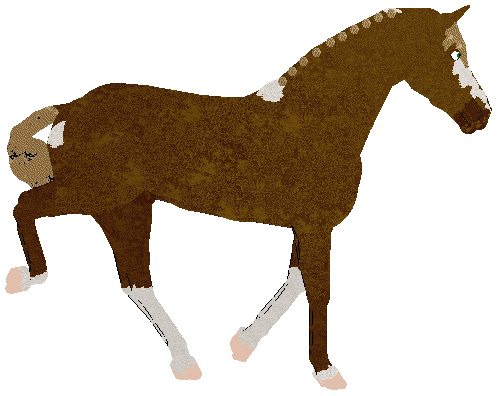
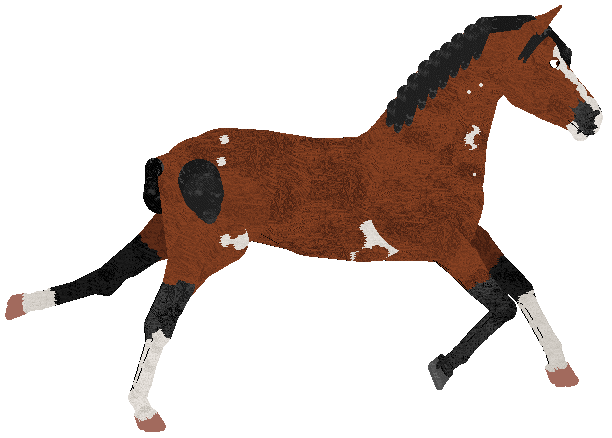
Looking at the Camera
Looking at the camera is probably the easiest mistake to spot. It's also maddening, because horses just tend to do it randomly and ruin an otherwise great pose.
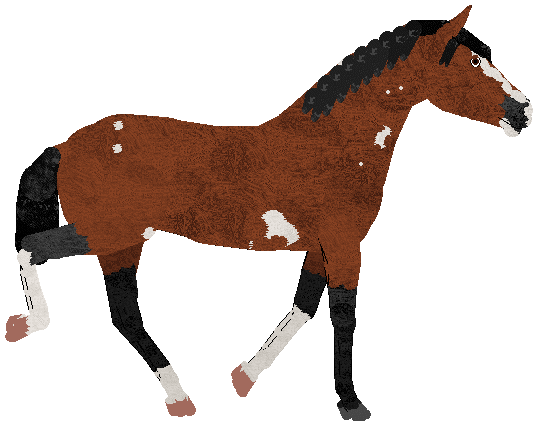
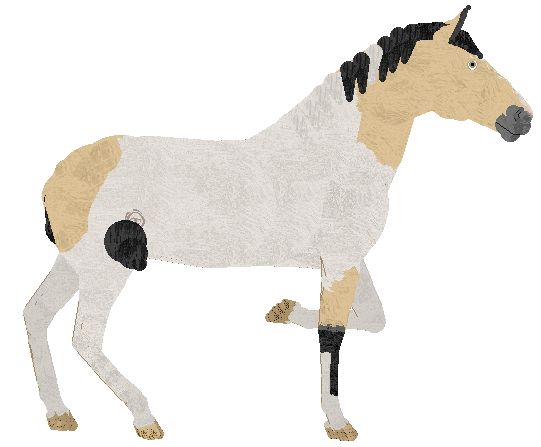
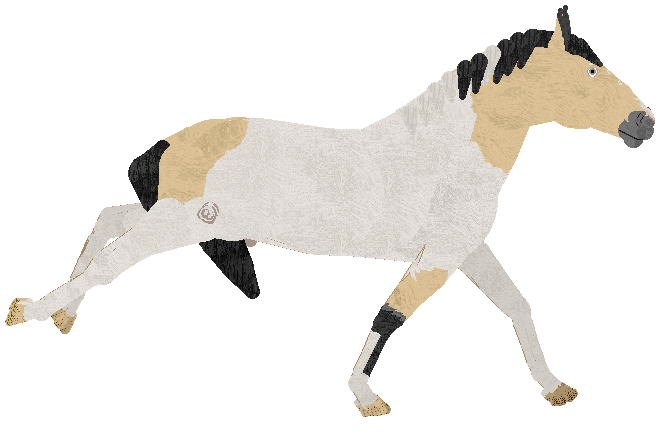
Looking anywhere but straight ahead is specifically disqualified in: Halter
Specifically faulted in: Reining (on certain poses)
Not a Pose
Technically, if the pose isn't a halt or specialty pose, and it isn't in the Gaiting Pose Guide, it's not a pose.
There are some trot-looking images that seem like gaits but remember, if it's not in the gaiting guide as a walk, trot, lope, etc., then a judge may fault the pose as they see fit. Think of it like the horse is supposed to be doing a collected trot (or whichever gait) and instead, is doing some weird walk-trot-jig thing that just looks funky. You lose points if your horse can't hold a correct gait.
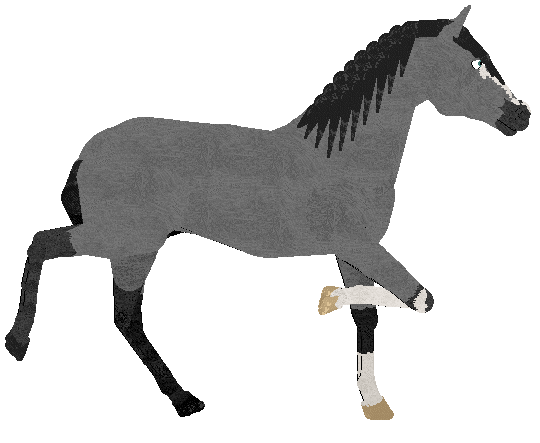
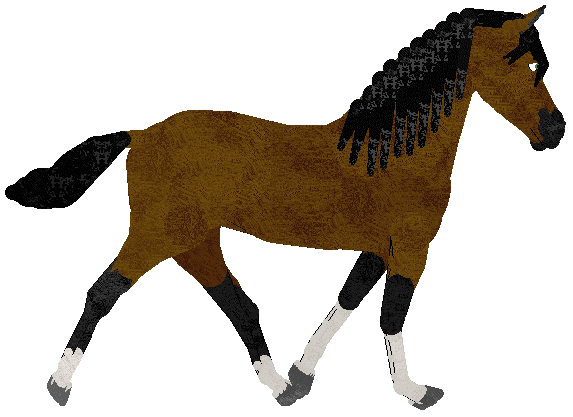

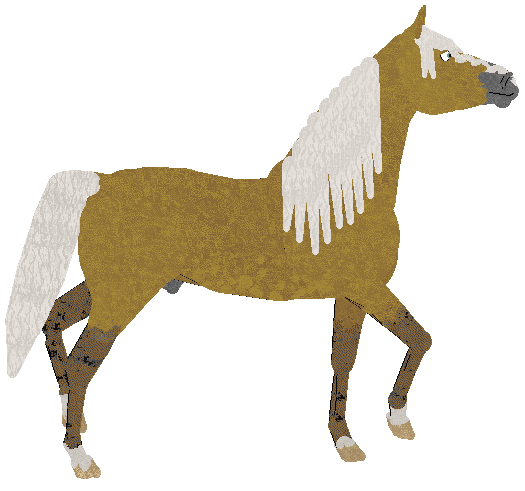
Unlevelness
Levelness is only something that can be judged on a halt pose. Halter requires level poses, but other disciplines just prefer level poses BUT they won't send you packing if your pose is unlevel.
Levelness refers to how the horse is standing. A level horse's front right hoof and back hoof will be in line with each other. You should be able to draw a completely flat line from the bottom of the front hoof to the bottom of the back, like this:
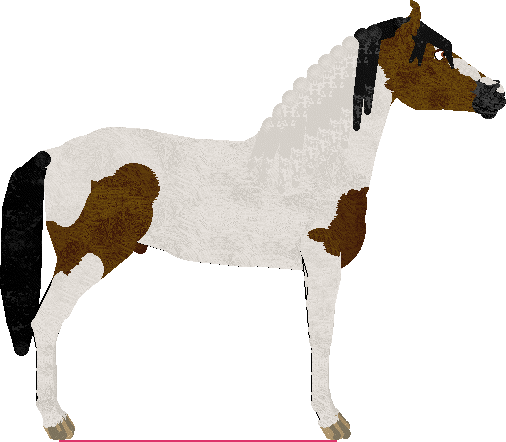
With an unlevel pose, the line will NOT be completely flat, like so:
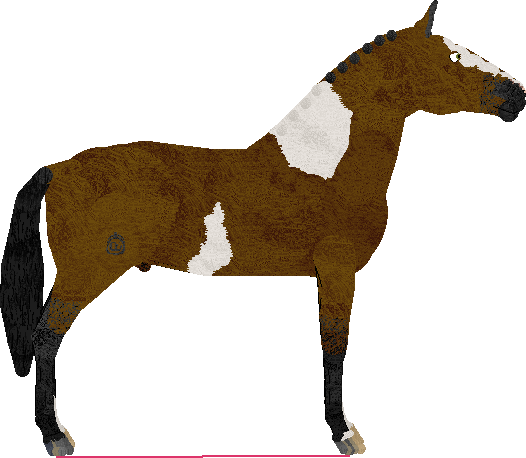
An unlevel pose like the one above is close enough to level and has good enough eyes/ears/head etc. that it would still show well in everything but Halter.
Below are a few more examples of unlevel poses. You'll see that you really can't just eyeball it and you'll need to actually open up the image and draw the line.
If you don't know how to draw the line, or just want more info on halt poses, check out the Halt Pose Guide.
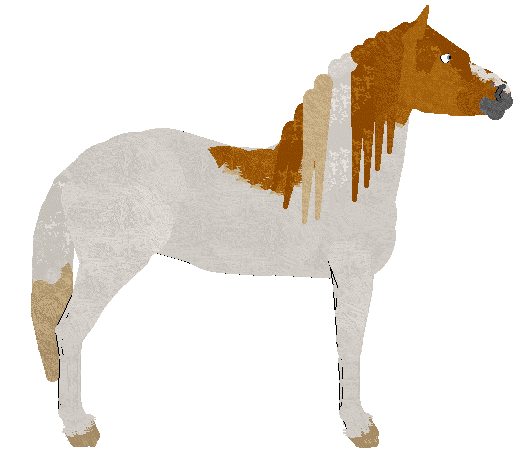
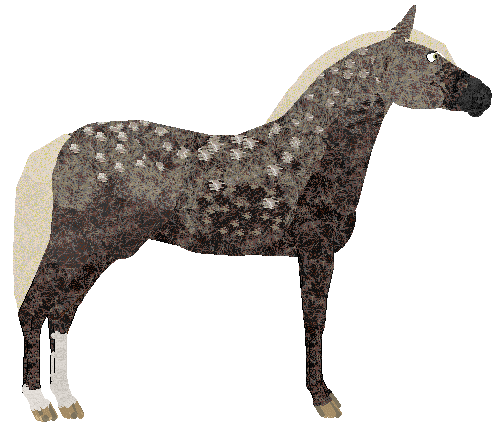
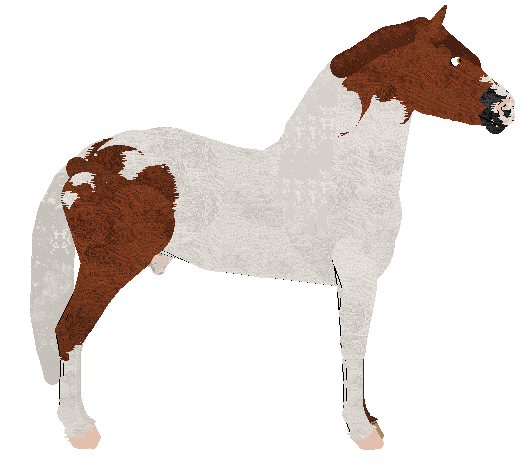
Specifically disqualified in: Halter
Specifically faulted in: Dressage (but any discipline that uses a halt pose may fault unlevelness)
Piaffe & Gallops
Hunter Under Saddle, Western Pleasure, Driving, and Endurance will disqualify you if you enter a piaffe or a gallop pose.
Piaffe
The Piaffe is technically not a gait because it is a Dressage move where the horse trots in place. It is only accepted in Dressage and Eventing as a Dressage pose.
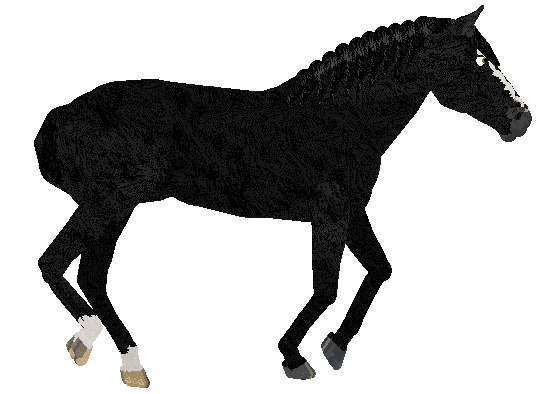
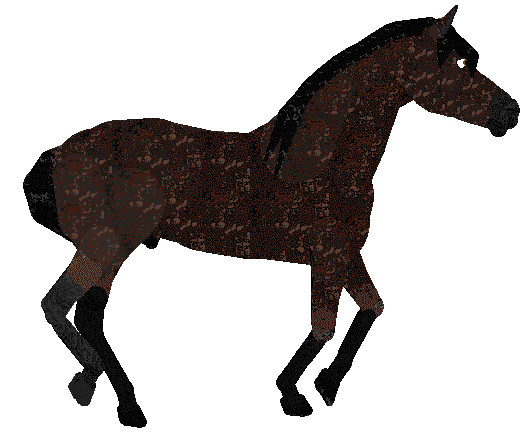
Gallops
Gallop poses are only allowed in Eventing, Racing, Barrel Racing, and Reining, any other discipline disqualifies them.
Below are the Gallop examples from the Gaiting Pose Guide.
